MRSA: Everything You Need to Know
You may not hear about MRSA that often, but when you do, it is usually pretty scary. MRSA is resistant to a lot of different antibiotics which makes it hard to treat. Please refer to the CDC for accurate information on MRSA.
When it comes to taking care of yourself, it is important to know what you are dealing with. Below, you will learn everything you need to know about MRSA including:
- What it is:
- The different types you can get
- Symptoms
- Causes
- Treatment
- Prevention
- What Percentage of the Population gets MRSA each year
- How Common it is
- Whether it is Fatal
- The trends throughout the years
What is MRSA
The full name of MRSA is Methicillin-resistant Staphylococcus aureus. Its name references the fact that it is resistant to various antibiotics.
Staphylococcus aureus is bacteria that are commonly found on the skin and in the nose. If you have a skin infection caused by staph bacteria, it is called a staph infection.
It is one of the most common skin infections in the U.S. Staph bacteria also cause pneumonia, surgical wound, and bloodstream infections.
Some infections can be treated without antibiotics, but it depends on the type of MRSA infection.
Types of MRSA
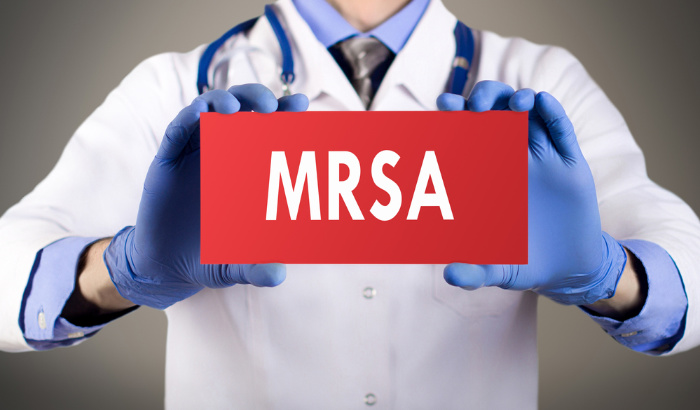
There are two major types of MRSA infections that a person can get: HA-MRSA and CA-MRSA. They are determined by how you acquire the infection. Here is a low down on each:
HA-MRSA
Most people who acquire MRSA will get the infection in a hospital or other health care setting. If you get MRSA from the hospital, it is called HA-MRSA. The risk factors for getting this type of infection are being in the hospital, living in a nursing home, or having invasive surgery.
CA-MRSA
MRSA infections in people are experienced by those who have never been hospitalized and haven’t had any medical procedures and are called CA-MRSA. People who are otherwise healthy usually contact CA-MRSA.
The risk factors for catching this type are playing contact sports, working in childcare facilities, and living or working in crowded conditions.
Symptoms
MRSA is a stubborn strain of bacteria that can cause various symptoms. Many people mistake MRSA for a staph infection because staph is much more common. However, it is important to know the symptoms that come with MRSA. Here are 9 that you should be aware of.
#1 Boils
Boils are the number 1 sign of an MRSA infection. MRSA will usually manifest in the form of stubborn boils or bumps on your skin. In most cases, the person would have perfect health besides the boils.
The boil will begin as mildly annoying, but not alarming. As time goes on, though, the boil will grow to an alarming size and refuse to heal even with conventional over-the-counter methods. The boil is typically painful, swollen, and displays redness. It may also leak pus or another kind of liquid.
This type of boil should immediately be taken as a warning sign and you should get to a doctor ASAP.
#2 Pimples
Other symptoms of MRSA are pimples. The difference between a boil and a pimple is that boils don’t have heads, but pimples do. If pimples are stubborn, leaking pus or other fluids, and seem to be swollen and painful to the touch, it is a symptom of MRSA and should be looked at.
#3 Impetigo
Impetigo is actually a skin infection in itself. But, this infection could be a sign of an underlying infection, such as MRSA. It typically develops if a person has MRSA. This infection is usually characterized by small red sores or spots around the face, mouth, and nose.
#4 Abscesses
Abscesses are not boils. Boils are open whereas abscesses are closed. Abscesses are collections of pus that gather inside your body tissue. If the MRSA infection has entered your internal organs, you could get abscesses of all kinds.
The abscesses could then result in pimples, boils, and bumps as stated earlier. When you press on an abscess, it will feel warm and you will be able to feel the fluid build up inside of it. If MRSA is present, the abscess is consistently swelled, painful, and has redness around it.
You will typically see abscesses around places that have hair such as around hair follicles.
#5 Sepsis or Blood Poisoning
Sepsis is when an infection gets into your bloodstream and has spread all over your body. Sepsis could be caused by MRSA.
#6 Pneumonia or Lung Infection
Most people think that pneumonia is caused by a really bad cold. While it is true that it is caused by a bad bacterial infection, it can also be caused by MRSA.
In fact, the cause of pneumonia can be viral, fungal, or bacterial. MRSA is a bacteria. Symptoms of pneumonia include fever, chills, sweating, panting, and pain in the chest.
#7 UTI or Bladder Infection
A UTI or bladder infection is characterized by pain when urinating, the pressure to urinate, and difficulty urinating. The underlying symptom of a UTI or bladder infection could be caused by MRSA, especially if you find certain antibiotics are not working.
If you have a UTI, look around to see if you have other symptoms that could be MRSA. For example, there could be lesions or pustules on your buttocks, thighs, or genital area.
#8 Fever
Because MRSA is a bacterial infection, it has the tendency to cause a fever. Those with a staph infection tend to have a low-grade fever that may not need intervention.
However, MRSA can cause high-grade fevers that need intervention to break. You may notice you have chills as well. If the infection remains untreated, the fever may increase in temperature.
#9 Cellulitis
The very first signs of MRSA may appear as red bumps on the skin. As the infection continues, the red bumps begin to fill with pus, blister, and rupture.
If MRSA is left untreated, it can cause a condition known as cellulitis. If you have cellulitis, you may want to get checked for MRSA as well.
As you can tell, MRSA can cause other infections and illnesses. It is important to recognize these symptoms so that you can discuss them with your doctor.
MRSA is diagnosed by a doctor by checking for signs of drug-resistant bacteria in nasal secretions or tissue samples. Therefore, if you have any of these symptoms, you should seek medical attention immediately.
Causes
The number one cause of MRSA and staph infections are hospitals. Additionally, MRSA is spread by skin-to-skin contact. This means that you can get it by touching an individual who has the MRSA bacterium on their skin.
In fact, you can get the bacteria from someone who carries it on their skin or inside their noses even if that person never becomes infected.
Other objects can have MRSA on them as well. You can get it from hospitals, nursing homes, feeding tubes, and catheters. Catheters are actually major culprits of carrying the bacteria.
Treatment
MRSA is pretty difficult to treat. This is because of the aggressive nature of the infection. It is resistant to many forms of medications, including amoxicillin, methicillin, oxacillin, penicillin, and cephalosporins. Thus, clearing it with antibiotics can be tricky.
Some forms of MRSA may clear on their own, but those that don’t will require medical intervention. Invasive forms of MRSA will need treatment with intravenous antibiotics like Vancomycin.
Then, you will need treatment with other oral medications that treat staphs such as trimethoprim-sulfamethoxazole, clindamycin, or linezolid.
Related: Natural Remedies that Really Work
Prevention
Although MRSA can be very hard to treat, you can use precautions and prevent yourself from getting it. Here are some preventive measures you can take:
- Wash your hands often. You want to wash with warm water and soap. If soap and water are not available, use an alcohol-based hand sanitizer.
- Always cover open wounds. Keep them clean until they are healed to prevent infection from getting in.
- Avoid sharing items such as towels, sheets, and toiletries with people. MRSA is spread from skin to skin contact.
- Don’t go to the hospital for minor things. You can acquire MRSA much quicker in the hospital. Only go to the hospital for emergency situations. Otherwise, visit your healthcare provider at their office.
What Percentage of the Population has MRSA?
Did you know that 30% of the population is actually colonized with staph and 1% is colonized with MRSA? Colonized means that a person actually has the bacteria present, but it is not causing an infection.
How Common is MRSA in the US
The CDC (Centers for Disease Control) is actually engaged in several short-term and long-term surveillance projects on MRSA. They are trying to find out how much it is occurring, where it is happening, and exactly how it is being spread.
The studies currently show that one in three people or 33% of people in the U.S. carry the S. aureus bacteria in their nose, but have no illness. It also shows that about two people in every 100 people carry the MRSA bacteria in their nose. However, most do not develop an MRSA infection.
Is MRSA Fatal
Because Methicillin-resistant Staphylococcus aureus also known as MRSA is a bacteria resistant to ALL beta-lactam antibiotics, and it can be fatal. This means it is resistant to methicillin, penicillin, oxacillin, and amoxicillin.
Why is it Resistant?
Like many bacterial infections, MRSA has built up a resistance to several antibiotics. In the 1940s, the medical treatment used to combat the S. aureus bacteria was penicillin. In fact, it was routine and successful in the treatment of this bacteria.
However, the use of antibiotics, which includes misuse and overuse, has aided in bacteria evolution. Overuse and misuse of antibiotics help the microbes to become resistant to the drugs designed to fight these infections. Even when antibiotics are used correctly, bacteria can become resistant.
This is because they do not destroy every single germ that they target. Bacteria learn fast, so the germs that survive a treatment of antibiotics quickly learn how to resist other antibiotics. MRSA is one of those bacteria that learned how to resist antibiotics quickly.
Today, MRSA is resistant to an entire class of penicillin-like antibiotics. And some strains of MRSA are actually resistant to Vancomycin as well, though those strains are very rare. Because of this, MRSA can become complicated and serious very fast.
Trends in MRSA Over the Years
According to NCBI, the rise of MRSA peaked a decade ago. However, since hospitals and nursing homes have been diligent in preventing it, it has declined.
Additionally, those who have contracted the disease are given Vancomycin which is excellent in fighting against the bacteria. By taking steps, we have decreased MRSA outbreaks and illnesses.
Stock Your Home Pharmacy
- Electrolyte Drip Drop
- Cough Lozenges
- Imodium
- Aspirin
- Tylenol
- Ibuprofen
- Vicks VapoRub
- Bag Balm
- Dr. Bronner’s Soap
- Hand Sanitizer
- Tooth Brushes and Toothpaste
- Orajel
- Benadryl
- Advil
- First Aid Supplies
- Survival Medical HandBook
- Non-latex Gloves
- Antibacterial Soap
- Bars of Soap
- Emergen-C
- Lip Balm
- Nasal Spray
- Vitamins
- Essential Oils
- Allergy Medications
- Infant Fever Reducer Medications
- Child Fever Reducer Medications
Final Word
It can be tough to know if you have something due to random bacteria or because you have MRSA. The best thing you can do when experiencing symptoms that do not go away is to go to the doctor.
Be sure to discuss all of your symptoms. If you are concerned about MRSA, mention it to your doctor. Additionally, if you have taken a round of antibiotics, but find that the antibiotics were resistant, ask to be checked for MRSA.
Good handwashing skills are a great way to prevent this disease as well as the coronavirus, the flu, or other infections.
Have you or anyone you know had MRSA? Share your stories, thoughts, or wisdom in the comments below! Stay well, my friends. May God bless this world, Linda
Copyright Images: MRSA Depositphotos_131067092_s-2019, MRSA RED SIGN Depositphotos_129272980_s-2019

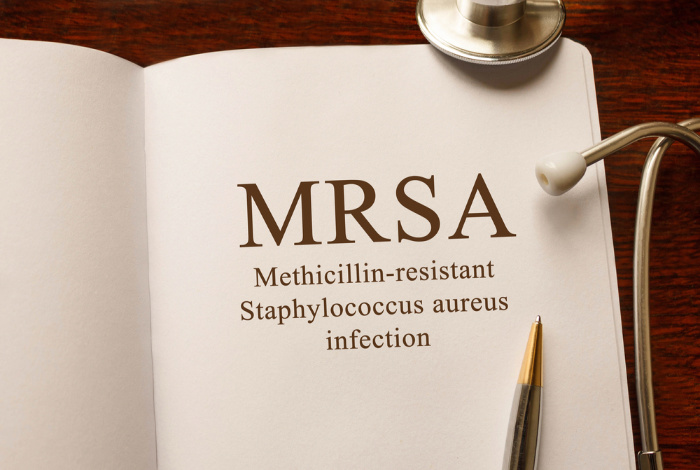

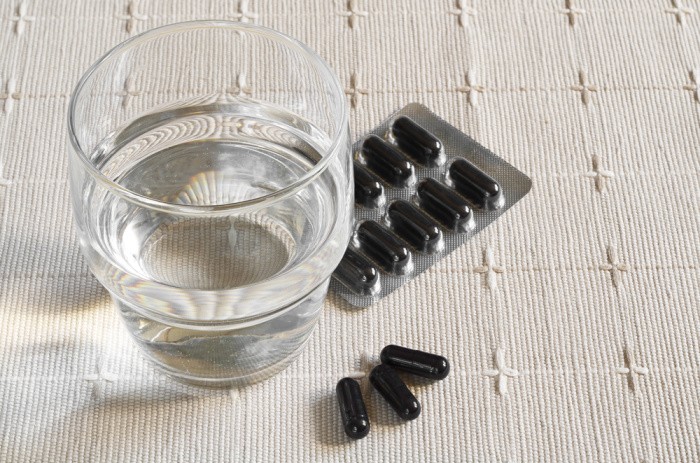



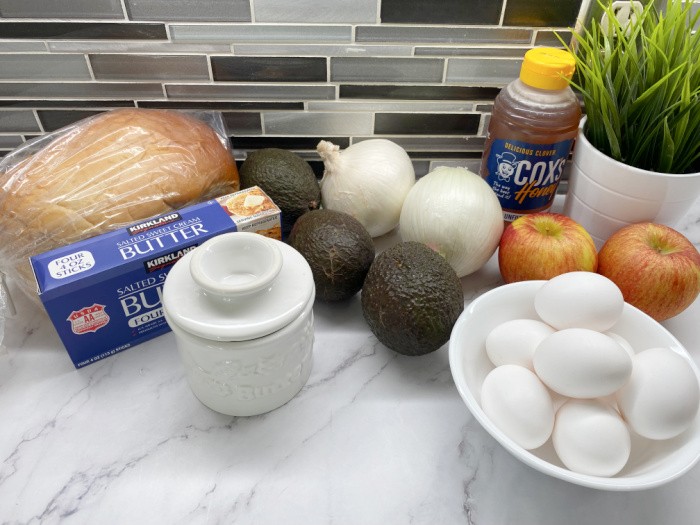
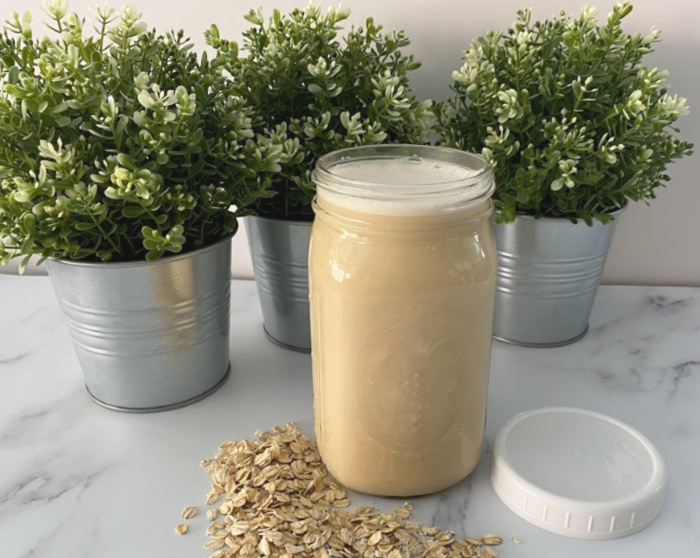













Linda,
I am a physician at a hospital and really enjoy your posts. I believe you also said once you have a physician review many of your medical posts and I can tell! While I might have slightly different opinions about some things they are usually minor and I appreciate you providing accurate info to people. Unfortunately we have a fair amount of resistance to clindamycin in our area and have to be cautious using it unless we have a culture result back showing susceptibility.
Hi Kelley, Thank you for your kind words. I am very careful about what I write because I am not a doctor, nurse or anyone in the medical field. I really appreciate your comment. And yes, I do have have a doctor review my posts on anything in this area so I do not mislead my readers. I want people to be aware of medical issues and understand a little more about them. Thank you again, Linda
I don’t think I have ever had MRSA but who knows?? At least I have never had an infection that was not treatable as such. I did have an infected hair follicle once a few years ago that was pretty bad. I did resist taking time off work to go to the doctor and treated it myself with tea tree oil, neat and a bandaid. I won’t go into all of the gory details but about a week after I started dousing it with tea tree oil, it cleared out and has never come back. So, I don’t know if it was MRSA or just a terribly infected hair follicle.! I’ll never know now!
Tea Tree Oil is anti-bacterial and anti-fungal so I always have some of that on hand. It shouldn’t be used neat and should always be used with a carrier oil, though I did use it neat – against my own advice! I make an anti-bacterial hand soap (liquid) with castile soap, diluted according to Dr Bronner and tea tree oil. I keep it in a foaming soap dispenser and use that during cold and flu season. Makes me feel better than using just plain soap. I don’t use it year round, though as that could also contribute to bacteria becoming resistant to tea tree oil, I suppose.
Great post as always, Linda.
Hi Leanne, it’s crazy how many people announce they have MRSA on Facebook. I’m so private you won’t see me saying anything like that. I’ve never had it but who knows. I’m trying to teach people to wash their hands, keep their houses clean, and use bleach wipes to clean down grocery carts, doorknobs or whatever. I don’t want to sound like a germaphobic!! LOL! I just want people to stay well. I love Tea tree oil. I love hearing you make your own antibacterial soap!!! Love it! Linda
LOVED the article, Linda! You have the best common sense articles out there. I always enjoy reading them. I must admit I read this article in church today (I know, my bad!) and I couldn’t help but thinking about my daughter. She broke her ankle and had to have plates and screws to realign the bones. Bam! Staph infection in the hospital. Then, the stitches wouldn’t dissolve like they were supposed to…bam! another surgery! and then to make matters even worse! her body is rejecting the metal implants and she has MRSA! You guessed it, another surgery, clean out all the infection on the bones and tissue and on the hardware! (ugh!), a week in the hospital trying to find the right “cocktail” of drugs and a PICK line for 28 days of infusion daily before going on oral antibiotics, which, by the way, will have terrible side effects and make her sicker than the infusion already does. She has to wait til the bones heal enough for another surgery remove all the hardware. That daughter of mine is super clean, washes her hands constantly, keeps an immaculate house, you name it…and it took a hospital stay to be her nemesis. You never know when or where you can get exposed to something! But you have to do all you can regardless. When all is said and done, I wonder if my daughter will be forever immune to any and all antibiotics. It’s soooo scary.
Oh Robbie, this is terrible!! Thank you for your kind words. Your poor daughter, oh my gosh! You know this makes me think about what in the world will happen if we have zero health care to care for a broken ankle. Then surgery after surgery. I sure hope she heals soon. The pick line for 28 days, oh my goodness. The antibiotics are getting weaker and weaker. I will pray for your sweet daughter. Hugs, Linda
I know about MRSA my husband has had bouts with this for years now plus surgery but information on the subject is great thanks
Hi Deborah, wow, MRSA can be scary. Thank you for your kind words, Linda
My grandmother died from the damage MRSA did to her body. She was 82 and got it from an aunt that worked for the prison system in Texas. She hid it from us until she was very I’ll. At her death she had 13 large open sores and it had gone septic and did not respond to treatment. It scares me silly. She was an LVN and tried treating herself. Be careful with this one. It is very dangerous.
HI Melet, oh my gosh, this is so sad. Thank you for sharing your story, this may help another reader. God bless you! Linda